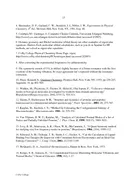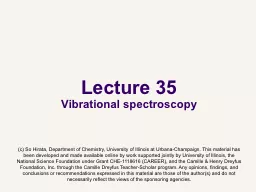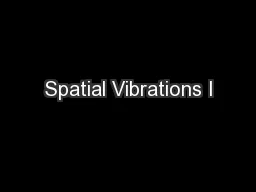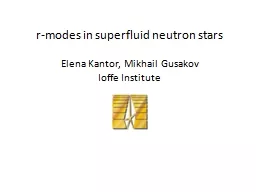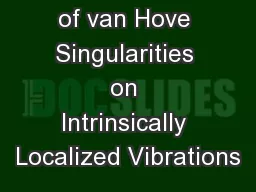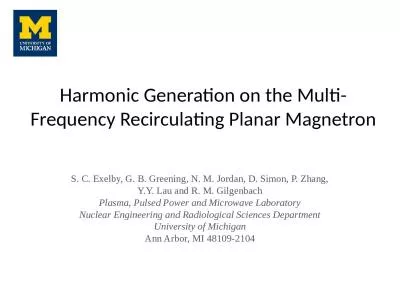PDF-Classical Normal Mode Analysis Harmonic Approximat ion The vibrations of a molecule are
Author : mitsue-stanley | Published Date : 2014-12-13
Each absorption in a vibrational spectrum corresponds to a normal mode The four nor mal modes of carbon dioxide Figure 1 are the symmetric stretch the asymmetric
Presentation Embed Code
Download Presentation
Download Presentation The PPT/PDF document "Classical Normal Mode Analysis Harmonic ..." is the property of its rightful owner. Permission is granted to download and print the materials on this website for personal, non-commercial use only, and to display it on your personal computer provided you do not modify the materials and that you retain all copyright notices contained in the materials. By downloading content from our website, you accept the terms of this agreement.
Classical Normal Mode Analysis Harmonic Approximat ion The vibrations of a molecule are: Transcript
Download Rules Of Document
"Classical Normal Mode Analysis Harmonic Approximat ion The vibrations of a molecule are"The content belongs to its owner. You may download and print it for personal use, without modification, and keep all copyright notices. By downloading, you agree to these terms.
Related Documents

